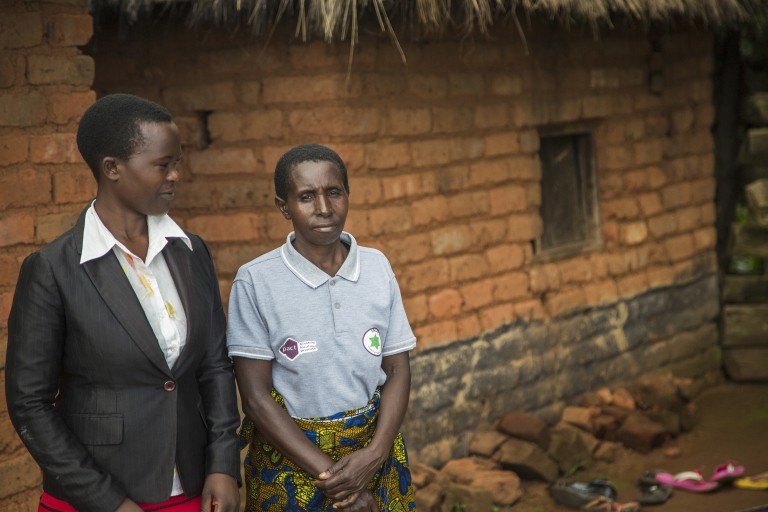Blog
Looking beyond the symptoms of poverty, to systemic solutions

As a parent, I hear the word ‘why’ a lot. Many parents can relate. After being bombarded with ‘whys,’ our default response often becomes “because I said so.”
But our kids are onto something.
As the head of an international development organization, I get this question a lot at work, too. Here, we encourage it. We challenge our staff to ask everyone – leadership, each other, partners, members of the communities we serve – why.
We do it because that’s how systemic solutions are created.
Now you may be asking, why systemic solutions? We think that's the best way to achieve a world where everyone can own their future.
While we think about this every day at Pact, the international NGO that I lead, for most people, the International Day for the Eradication of Poverty on October 17 may be the only time they are confronted with the reality that we all have a part to play in eliminating poverty in all its forms from the world.
As a global community, we've made significant progress over the last few decades. Less than half the number of children under five die each year from preventable disease. More people are on antiretroviral treatment than ever before, saving millions of lives from HIV and AIDS. Millions more children are enrolled in primary education in Africa than were two decades ago.
This work is necessary, but it is not sufficient to eradicate poverty.
According to the World Bank, the world will not eradicate extreme poverty by 2030 if we continue down a business-as-usual path. By continuing to treat the symptoms of poverty and marginalization, we will continue to fail to address the systemic impediments that rob people of the ability to own their future.
At Pact, we’re pushing ourselves to look beyond the symptoms and ask why.
Here, there are no ready-made solutions. We bring together diverse stakeholders, listen and learn from one another and make evidence-based decisions. Most important, we consider what works best for each community we serve. Communities like those in Myanmar's Dry Zone.
As one of the longest-serving international NGOs in Myanmar, Pact has been helping people here to improve their lives through grassroots governance structures and financial sustainability through Village Development Funds. But local ownership wasn’t enough. Health indicators had improved, more women were economically empowered, but communities still struggled with basic necessities, like access to electricity.
At the time, they were exhausting their development funds on energy, and we didn't have the ability to meet this huge unmet need.
With funding from Chevron, Pact launched Ahlin Yaung, meaning “light” in Burmese, in 2015. Other corporate partners soon joined the effort, including Shell and ABB. Today, we bring communities and suppliers together and support households to both be able to afford systems and to make the most of them.
We’ve provided loans to pay for systems, which cost households about $60 each. They pay 10 percent when they order a system and the rest in installments over the next nine months or so, at 2 percent interest. Interest proceeds go to communities to add to their development funds. The principal goes back to Ahlin Yaung to provide energy loans in new villages.
So far through Ahlin Yaung, more than 200,000 people across central Myanmar have gained access to electricity, through solar home systems as well as through the electrification of community-prioritized places. Of the more than 10,000 households that have installed home systems, about half say they are using the electricity to be more productive, such as running businesses longer and more efficiently. About 80 percent say their children, now able to read and study past sunset, have gained educational benefits
While household solar systems have already transformed lives, we know that we must move beyond household-by-household solutions. So, we’ve expanded our work to include rural solar mini grids – bringing communities and mini grid developers together, educating communities, and helping communities finance start-up costs, such as connecting to mini grids.
This is only one example of how our approach looks beyond ourselves and our project-based, time-limited work. It shows what is possible when people have agency and ownership of their own development—when they are heard.
With this, I believe that we could succeed in being the first generation in history to solve the systemic drivers of abject poverty. And, to eradicate poverty in our lifetime.